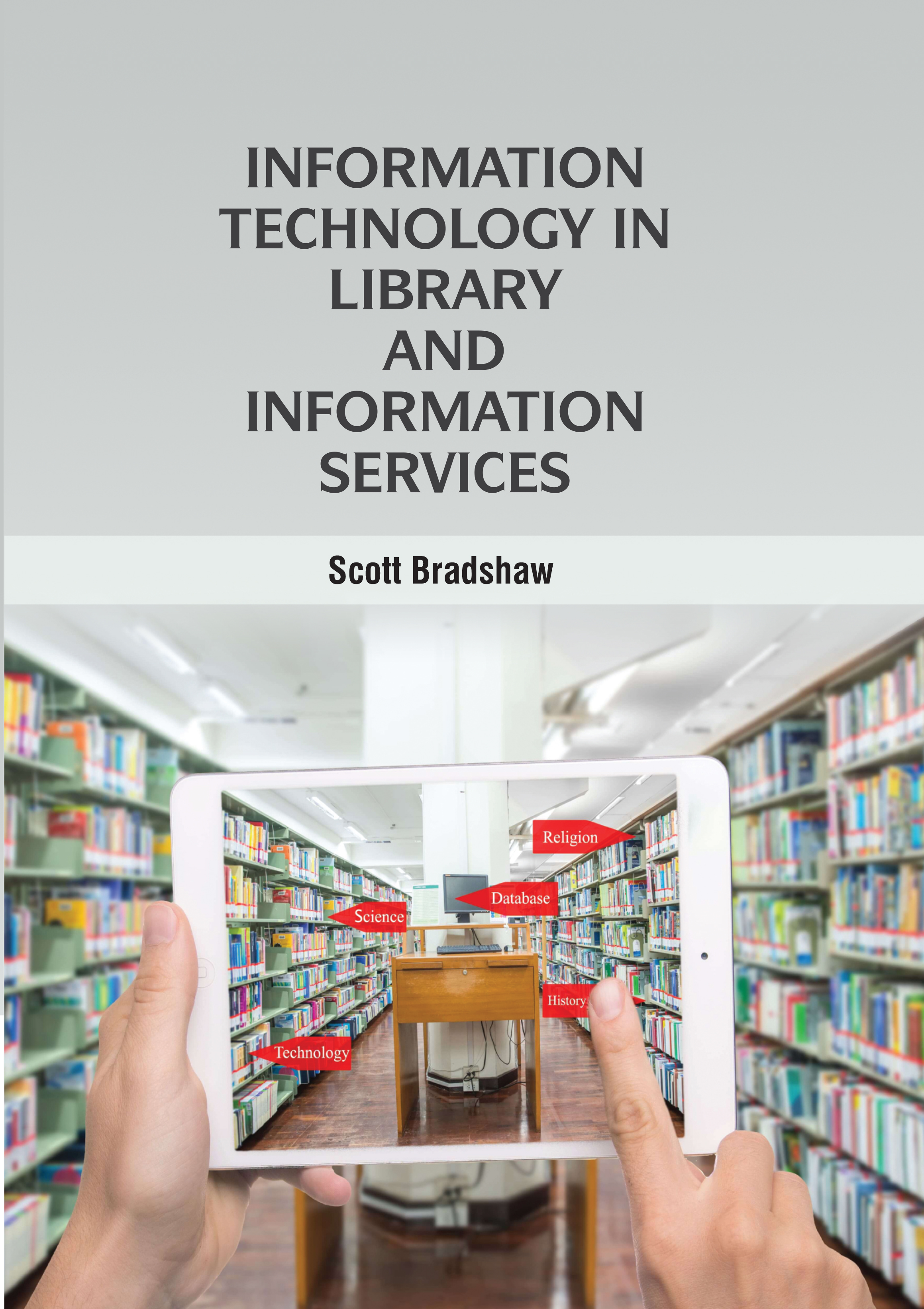
Information Technology in Library and Information Services
by Scott Bradshaw
| ISBN | 9789372423471 |
|---|---|
| Publisher | Digital Drive Learning |
| Copyright Year | 2026 |
| Price | $262.00 |

by Scott Bradshaw
| ISBN | 9789372423471 |
|---|---|
| Publisher | Digital Drive Learning |
| Copyright Year | 2026 |
| Price | $262.00 |
Information, in its most restricted technical sense, is a sequence of symbols that can be interpreted as a message. Information can be recorded as signs, or transmitted as signals. Information is any kind of event that affects the state of a dynamic system. Conceptually, information is the message being conveyed. This concept has numerous other meanings in different contexts. Moreover, the concept of information is closely related to notions of constraint, communication, control, data, form, instruction, knowledge, meaning, mental stimulus, pattern, perception, representation, and especially entropy. Library science is an interdisciplinary science incorporating the humanities, law and applied science to study topics related to libraries, the collection, organisation, preservation and dissemination of information resources, and the political economy of information. The ongoing information revolution has imparted a new dimension to library and information sciences. Techniques and technologies in the area have been drawn from the electronic and telecommunication phenomena of the present age. As libraries have applied technology over the last twenty-five years, the way in which they are managed has also changed. The autocratic management approach, coupled with a rigid hierarchical organization, has given way to more participative management in a less formal hierarchical structure. In general, staff working in the less hierarchical structures, with greater participation in management decisions, are found to be more open to technology in the library and perhaps more innovative. Information seeking behaviour involves personal reasons for seeking information, the kinds of information which are being sought and the ways and sources with which needed information is being sought. Information seeking behaviour is expressed in various forms, from reading printed material to research and experimentation. Scholars, students and faculties actively seek current information from the various media available in libraries, e.g. encyclopedias, journals and more currently, electronic media. In this era of ‘E’, a sea change can be seen in the information-seeking behaviour of the users of library. It is hoped that the contents of the book would be useful for all those who are interested in the areas of library science.